The Prose and Choreography of Camille Claudel’s Sculptures
There are people that I threaten and do not forgive me for being so talented. (1)
This quote is attributed to Camille Claudel in 1988 film Camille Claudel. It is irrelevant whether she had said this or is it a dramatization. The remark depicts her torment. Her genius as a sculptor threatened the reputation of Rodin and she would be denied her ascension in the French art society. She did garner favorable reviews from critics, but the brass ring of her time was government sponsored commissions and acceptance of the clientele of French art salons. A 2002 master thesis, written under the supervision of Madame Marie-Victoire Nantet suggests that Camille Claudel, did not present herself well at the French salons.
Explication of Camille Claudel’s ascent in the art world could therefore no longer be limited to aesthetic debate alone but would necessarily encompass an economic and social game in which, for reasons that remain to be clarified, she would not have found a place. The complexity of this transitional phase and its possible influence on the reception of works by critics and their readers require us to grasp some of the components of this system. (2)
In her correspondences we find that she would sometimes be compelled to apologize for excessive demands by closing: Excusez ces plaisanteries de corbillard et recevez mes sinceres amities. (Excuse these petty complaints and accept my sincere apologizes.) (3)
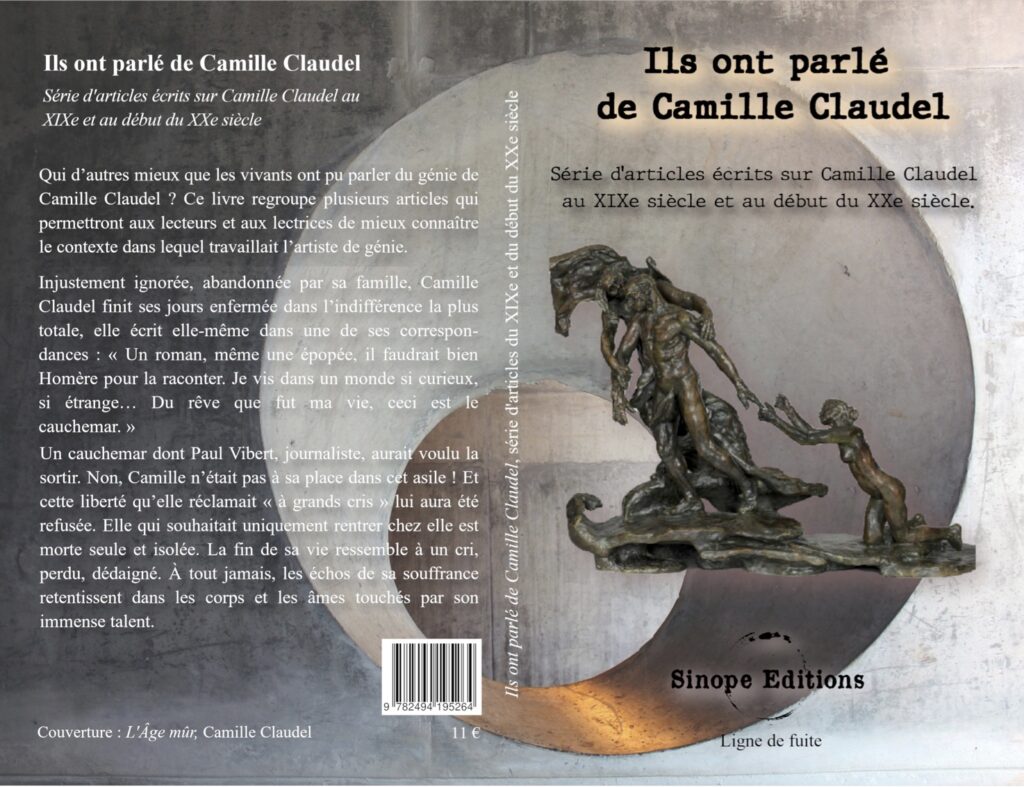
Sinope Editions and Aurélie Lesage compiled an anthology of articles and critiques about Camille Claudel, Ils ont parlé de Camille Claudel. (4) The tragedy of the life of Camille Claudel has been well documented in film and print. I need not echo these accounts; the interested reader can follow my footnotes. What I do advance is a commentary of Camille Claudel’s work from the perspective of an art model who has been challenged by many modern sculptors. I cite two experiences I had as a model as testament to my authority on the subject. By convention of assumption, I attempt to explain how Claudel might have choreographed her models. Modern sculptors have technological advantages to observe the dynamics of a pose that were not available in the late 19th century. Recognizing that Camille Claudel sculpted in the absence of these modern tools; one must acknowledge her true genius. She could observe either an abductive or adductive movement and imprint in her memory the polymerics of that action. Her photographic memory was the equal of modern high-speed and freeze frame motion cameras.
Mathias Morhardt wrote of his visit to Camille Claudel’s studio in Mercure de France. March, 1898. It was a 100 plus page article that evaluated every work of art that she had in her studio and
remarked about her reliance of art models. Some of her maquettes remained unfinished because she lost a particular model. The rigors that Camille Claudel’s models had to endure often compelled them abandon her studio. (5) Mathius Morhardt witnessed Claudel challenge her models to the point of exhaustion.
Tired of posing, tired of standing for hours on end, arms outstretched, in awkward or even untenable positions, the model would escape across the countryside. (6)
A sculptor must possess the romanticism of a poet and the absolute command of a choreographer; the gesture and dynamics of the pose are the versification of the composition!
Little is known about art models who have been immortalized by the great sculptors, but I assure the reader that all those models had I high threshold for pain and posed for artists that were desensitized to their discomfort. Neither Morhardt’s observations nor the dramatization of the film Camille. flatter art models, but gallerists are witnessed to their contribution hundreds of years after the fact. The rigor of a pose accentuates the muscular stress of the body. The current expectation for models is to hold a pose for 25 minutes at a time with a 5-minute rest, and then reassuming the same pose for 3-hour sessions. In challenging and strenuous poses lactic acid builds up in the utilized muscles, over-defining them.
Sinope Editions selected the sculpture L’ Àge mûr to illustrate the cover of Ils ont parle de Camille Claudel. It is widely accepted that this sculpture is biographic in nature and the female figure portrays Camille. In a letter to her brother, Paul Claudel, 1893 Camile Claudel wrote:
I’m still developing my group of three, I’m going to put up a leaning tree that will express destiny; I’ve got lots of ideas for ornaments, you’d be thrilled! (7)
The not yet named 1893 sculpture was a 3 dimensional sketch that would become L’ Àge mur. Camille and Rodin’s professional and romantic ties began to break in 1893. It is widely believed that the ultimate work, L’ Àge mûr is a biographic statement of that life transition. This is reinforced by comments of Eugene Blot, Claudel’s patron, friend, and founder of her bronzes, in a letter 1932 September 3 about the sculpture. Commenting on the facial expression of the female figure, which Blot believed to be a self portrait, he said:
I never look at it without an indescribable emotion. It’s like seeing you again. Those half-open lips, those throbbing nostrils, that light in your eyes, all of that screams life at its most mysterious. With you, we were about to leave the world of false appearances for that of thought.
What Blot described are the facial expressions of someone who has just exhaled after muscular or emotional stress when before one can inhale, they must relieve themselves of accumulated toxins. Camille captured a decisive moment in her life. She chiseled grimace of the face and revealed the anguish of the soul.
I speculate that the female figure’s pose must have been apparatus aided. Claudel’s model must have had her arms strapped and supported from above; otherwise, she would have fallen forward. The model must have had enough freedom of movement to thrust forward or relax and slightly fall back. My interpretation is she is releasing the grasp of the departing male figure, a metaphor for freeing oneself of a past relationship. If the female figure was thrusting forward to grasp the male’s outstretched hand her abdominal muscles would be taunt. The relaxed nature of those abdominals is consistent with exhaling and releasing grasp of something.
Sculptors often direct their models to perform an action to study the muscular dynamic. As an example I refer to a sculpture, by Julie Rotblatt-Armany, that I posed for during a class of her advanced students. This was a three-point stance also aided by a rope extending my right arm upwards. My left arm was supported by a pole that permitted me to twist my torso. At the sculptor’s direction I would pull on the rope to simulate reaching upwards and push on the pole, replicating a cyclonic effect in my torso. This is an example of how a sculptor choreographs the model. See https://jramrany.com/portfolio/sculptures/083-suspended-in-time-copy/
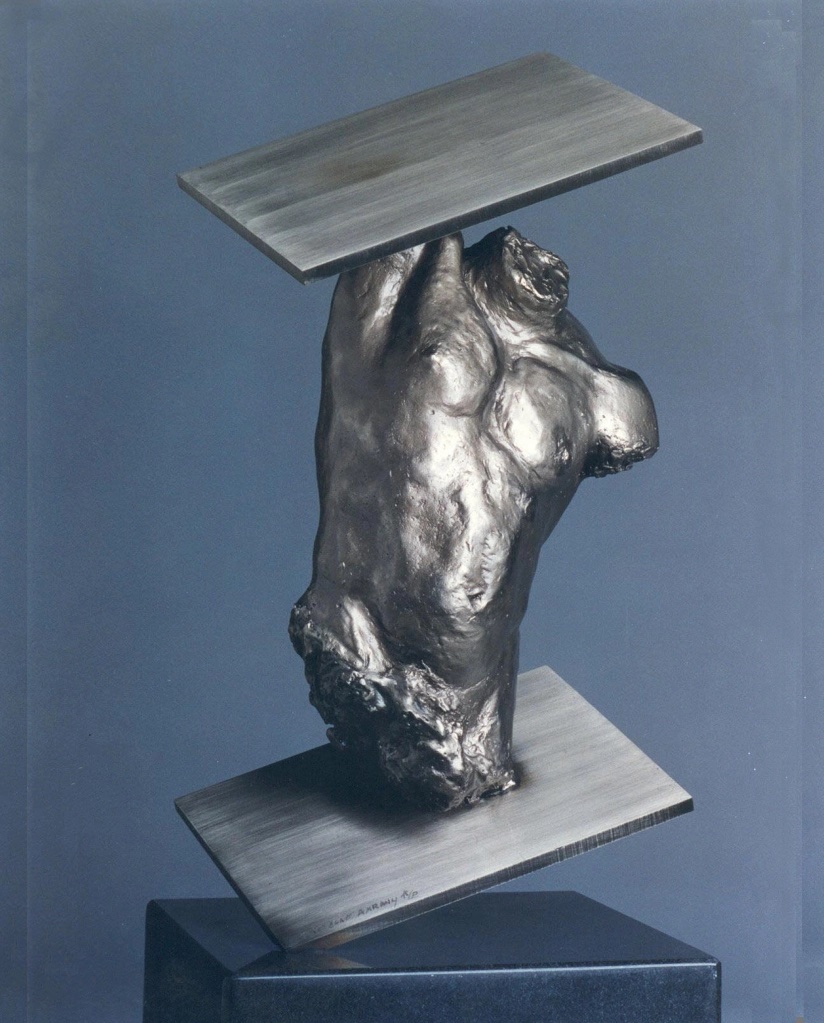
Suspended in Time by Julie Rotblatt-Amrany Model: James Wise
I also posed for another Chicago sculptor, Jack Beckstrom, who took high resolution photos of my pose while I stood on a carousel. I remained in the pose for about 30 minutes as he photographed me after 16 equal partial turns, completing a 360 degree rotation. Note that I was thrusting my arms upward and that impacted the tauntness of my torso muscles, just the opposite effect of the female figure in L’ Âge mûr. Beckstrom recruited five models for Triumph on Oak Street Beach and photographed them individually. He recorded key measurements of each subject to preserve accuracy of scale. It should be noted that none of the five models are touching or interacting in the final sculpture.

While portraying danse, La Valse. Camille Claudel reveals the trust of two people overcoming the most powerful forces of physics. Mathius Morhardt commented:
the sculptor evokes above all the sense of drive suggested by the dance. the bold indication of the movement of these two beings pressed together and leaning away from their center of gravity…… it’s not only the bold indication of the movement of these two beings pressed against each other and leaning out of their center of gravity, nor the beauty of the study of folds in the ample dress the dancer is wrapped in, that deserve complete admiration for this group. (8)
This was a two person pose and the male model must have offered some support to the female danse partner. The very nature of the waltz is that two dancers interact and counterbalance themselves. The male model would quickly experience muscular stress supporting his partner. Claudel obviously edited some of that stress out. I surmise that the female danse partner was seated on a small stool, or other apparatus to create a three-point stance, allowing the two to embrace in danse. Claudel could then direct them to lean, simulating danse and sculpt in brief intervals. They could have leaned in opposite directions to simulate the counterbalancing centrifugal force. The gown of the otherwise nude danse partners accentuates that suggestion of counterbalancing effect of the movement. Over 130 years ago Armand Dayoy opined:
What, gives la Valse its graceful, fluttering aspect is the lively movement of the draperies with their continual twirling. The dress is to the dancer what the wing is to the bird. (9)
The dress was an acquiescence that Camille Claudel made to the French Minister of Fine Art after Dayoy objected to the vulgarity of two completely nude dancers. https://sculptureetcollection.com/en/ventes/valse-1889-1905
Claudel could also conceptualize a pose without the reference of a live model as she did when sculpting Les Causeuses and La Vague. (10) In Les Causeuses she recounted a scene that she witnessed in a train station of a group of women exchanging gossip. The four female figures all appear similar, perhaps to emphasize that gossip depends on like minded individuals to acquire validity. Morhardt wrote of the story of the sculpture, equating it to an epic poem:
The poem is beautifully written. For it is a poem, indeed, that these four women, seated in a circle around the idea that dominates them, around the passion that inspires and penetrates them. It’s a poem for which these taut necks, these raised heads, these supple, luminous torsos are the splendid stanzas. (11)
Les Causeuses gives me cause to reflect on a stanza from Victor Hugo’s Les Djjins:
The rumor approaches.
The echo repeats it.
It’s like the bell
Of a cursed convent;
The genius of Camille Claudel was that she could pose her models to express her concepts, in Les Causeuses she without the aid of a live model was able to sculpt those thoughts.
Many of Camille Claudel’s female figures appear to be based on the same model. She could have observed herself in the mirror, but such a reflection does have limitations. I believe that for the most dynamic poses she observed a surrogate model. The female model in L’Âge mûr and La Sirène are the same, but Camille Claudel could not have observed herself in the latter pose. Had she straightened her head to look forward in a mirror, she would have lost the arch of the back that makes the pose so powerful. La Sirène, also called La Joueuse de flute, conviesfeminine sensuality, but it also has a dark ominous underlining element. In a letter, the autumn of 1904, Camille Claudel was demanding that Eugene Blot pay her a reduction on a pass commission, stressing that she did not have the funds to pay the October rent for her studio. In the same letter she offered to sell La Sirène to cover that shortfall. (12) Camille was becoming more and more isolated.
Québec artist, L’OR is working on a series of paintings based on Camille Claudel’s sculptures. She believes in her female sculptures; Claudel was representing herself accurately, defining the pose thanks to her intuition.
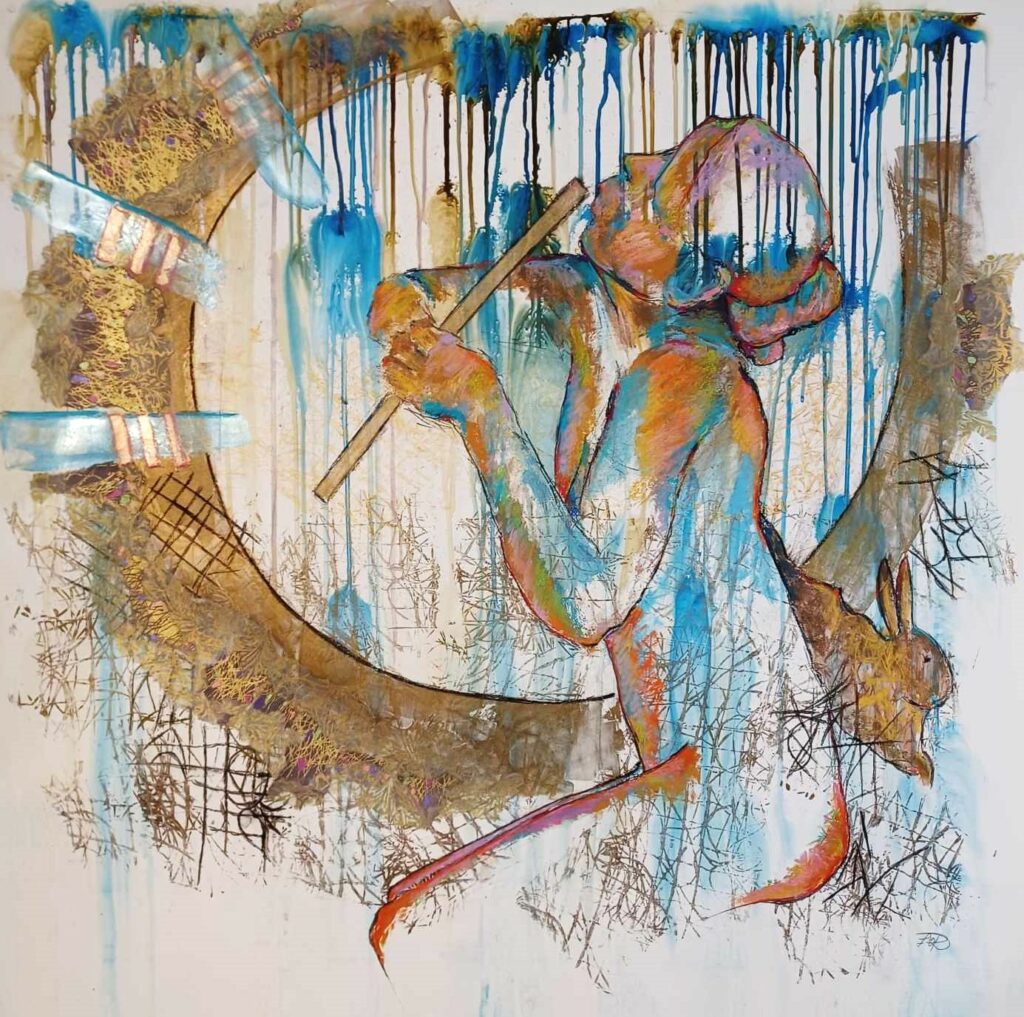
Claudel, being a women artist, has always captured my attention. I believe she was an intuitive, a very special gift few possess. This is our connection. As artists we delve deep into our emotions and depict them with an accuracy that few others can or could. As intuitive artists we express emotion and mindset. Claudel was determined not to allow those indifferent to her effect her sculptures. I am working on a series inspired by her sculptures. Dare I say, inspired by her using our intuitive powers. By channelling her when in my studio my motivation is always reinforced by her presence. I relied on one cursory look of her sculpture and then painted from our spiritual connection. My paintings are not replicas of Camille’s work, but rather a rendering of our connection.
. # # # # #
- Camille Claudel, Director Nuytten, Bruno; Christian Fechner Lillith films; 1988. The French line is Il y a des gens que je gêne et qui ne me pardonnent pas d’être aussi douée the choice of translation of the verb, gëner. to threaten is mine.
- Nantet,Marie-Victoire, Mémoire de maïtrise under her direction, U.F.R de Lettres Modernes de l’Université de Riems Champagne-Ardenne; 2002. https://mirbeau.asso.fr/darticlesfrancais/Gauthier-Les%20images%20de%20Cami.pdf
- Letter Camille Claudel to Eugene Blot Autume 1904
- Ils ont parlé de Camille Claudel. Lesage, Aurélie et al. Sinope Éditions 2022
- Ibid p. 25, reprint of original essay by Mathias Morhardt, Mercure de France, March 1898.
- Ibid. p 17
- Camille Claudel Correspondence . Riviere, Anne and Gaudichon, Brune; Éditions Gallimard, Paris 2014
- Ils ont parlé de Camille p 67-68
- See https://sculptureetcollection.com/ventes/valse-1889-1905/
- Ils ont parlé de Camille Claudel. p. 99
- Ils ont parlé de Camille Claudel. P 95
- https://www.christies.com/en/lot/lot-6155264



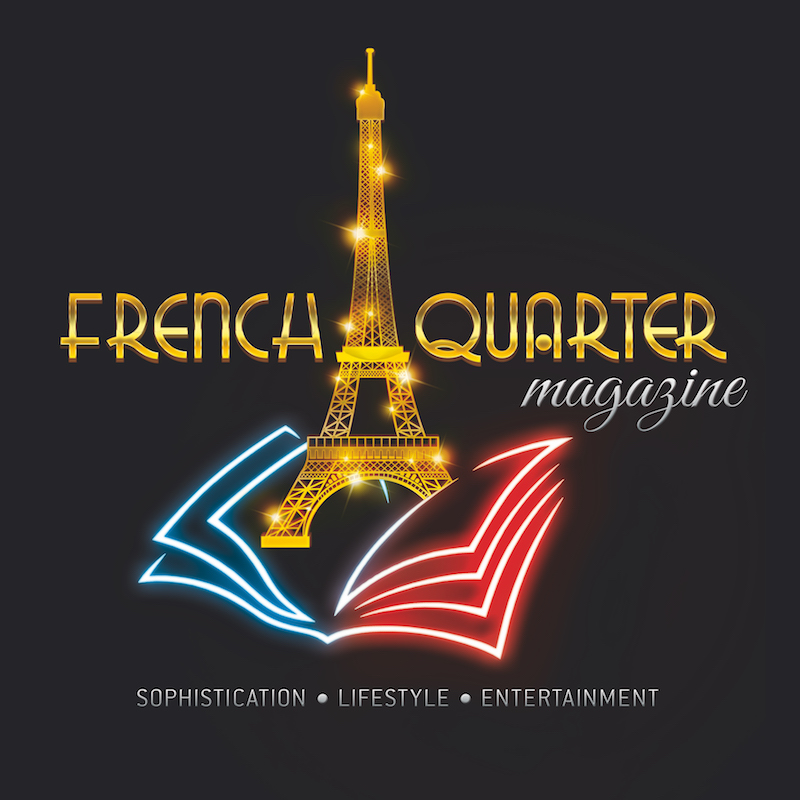
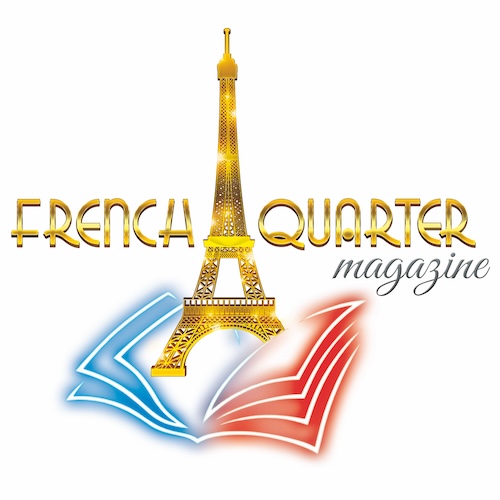

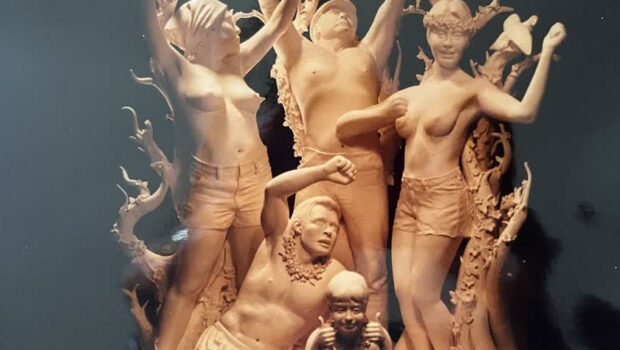




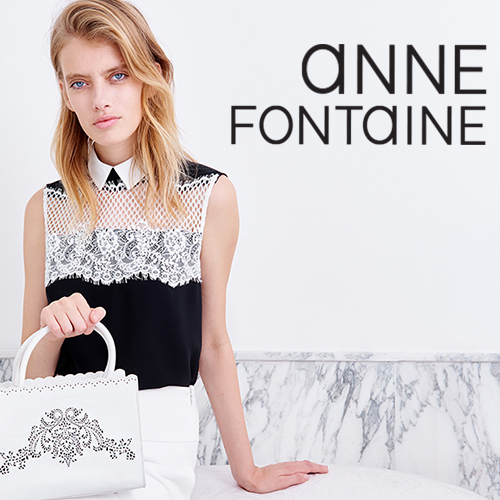





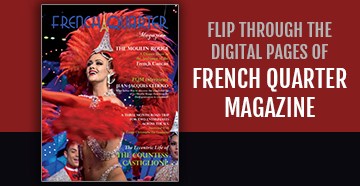





Merci pour votre commentaire intéressant, Annick ! Désolée pour la réponse tardive. Nous avons dû restructurer notre équipe. Nous sommes…